 This project is a Group Buy. The public group here must agree - in this thread - on what parts will be sold, by whom, and where. Members must abide by those agreements. Any regular sales of the Group Buy PCB, kits or other specific related items outside of diyAudio or this thread will result in the removal of that person from diyAudio.com This is completely at the discretion of the Moderation Team.
This project is a Group Buy. The public group here must agree - in this thread - on what parts will be sold, by whom, and where. Members must abide by those agreements. Any regular sales of the Group Buy PCB, kits or other specific related items outside of diyAudio or this thread will result in the removal of that person from diyAudio.com This is completely at the discretion of the Moderation Team.
No one shall send unsolicited or blind sales PMs to anyone else on the forum. This has long been against the rules and will also result in the immediate banning of any person who does so.
Keep this Group Buy clean and noncommercial or risk immediate removal from diyAudio.com. 
Hi Guy's
Please Register your details for the Wolverine 4th group buy - Pre Order
After the success of the 3rd group buy in Xmas 2023 and the increasing demand for boards we would like to announce another group buy for the DiyAudio community.
Thank you all for your support and interest in the Wolverine project over the past 2 years.
Once again we will do things a little differently then the 1st group buy to help save on the amount of processing time involved.
Please read the detailed instructions below on how to register for the 4th group buy.
Color will be determined based on numbers. If we don't have sufficient numbers only a single color will be ordered.
Please specify your preference on your order sheet.
To view further details about the EF3-3 vs the EF3-4 please read this
post
The prices for 1 and 2 sets of boards are as follows.
For the EF3-3
2 x Precision EF3-3 boards which includes 2 x wolverine IPS boards. (Color to be determined, Green, Black, Blue)
$50.00 USD.
4 x Precision EF3-3 boards which includes 4 x wolverine IPS boards. (Color to be determined, Green, Black, Blue)
$90.00 USD.
For the EF3-4
2 x Precision EF3-4 boards which includes 2 x wolverine IPS boards. (Color to be determined, Green, Black, Blue)
$55.00 USD.
4 x Precision EF3-4 boards which includes 4 x wolverine IPS boards. (Color to be determined Green, Black, Blue)
$95.00 USD.
If you would like more than 2 sets of either boards or you would like to change your indicated quantity,
please let us know and we will get back to you with further pricing.
Please note: These prices do not include shipping to your location.
Shipping will be done at cost price plus an additional $3.00 for the box and packing material.
No added or extra handling charges will be applied.
A copy of the shipping receipt will be emailed to your personal email address once your shipping has been paid for.
Each order will contain:
- The PCB’s that you ordered.
- An A3 copy of the schematic. Both 57V and 64V rail voltage versions have been created. (Dropbox Link)
- The Build Guide, which is a 32 page illustrated A4 color document. (Dropbox Link)
- BOM in excel, listing all the components and mouser part numbers required to build the Wolverine. (Dropbox Link)
- Hole Pattern DXF file and 1:1 PDF file of the Hole locations for Heatsink drilling. (Dropbox Link)
- How to wire a Audio Amplifier. PDF document by Bonsai showing Audio Amplifier wiring best practices. (Dropbox Link)
- Any future updates to the Build Guide, BOM or Schematic will be updated in Dropbox Link for you to download. So please include the e-mail address you would like to use for this purpose.
We are taking payment through PayPal, and you will be sent a PayPal request to make your payment when the boards are ready to ship.
To Register your details
Please open the attached file and enter your details into the excel order sheet.
Please fill out all the fields and then e-mail it directly back to me so we can enter your details into our database:
Subject: Wolverine Project – Your DiyAudio User Name
If you have any trouble opening the attached file, please just reply to this PM and provide the following details.
Please be very specific to save any confusion.
- The total number and type of each EF3-3 & EF3-4 boards you would like.
- Your full name, full postal address including country and post code,
- Please include your Phone number for tracking updates once your boards are shipped.
- Your PayPal e-mail address
- Your personal e-mail address for the Dropbox documentation link to be e-mail to you.
Once a reasonable number of boards have been pre-ordered we will order them from our P.C.B. supplier.
We will keep all forum members up to date on the progress of the group buy.
Once we receive the boards we will pack them up, calculate shipping and then send out the payment request to each forum member.
Then once payment has been made you will receive a tracking number so you can track your orders arrival.
Please don't use my e-mail address for any other purpose as I don't have time to respond.
Please post any questions regarding the build of the Wolverine to the main Wolverine Build thread on the forum.
Please post any questions related to ordering through to me using the DiyAudio PM system.
You personal information will not be used for any other purpose and won't be passed onto anyone else.
Kind Regards
Stuart & the Wolverine project team.
Wolverine development Thread
Wolverine Build Thread
Youtube build series
Please see the attached pdf for pricing details. Just let me know what options you'd like when you order your boards.
Please note. The prices shown include the cost of the boards.
------------------------------------------------------------------------------------------------------------------------------------
Heatsinks
We're are also excited to share some great news, which we hope will enhance your amplifier building experience.
The Wolverine team is thrilled to announce that anodized heat sinks are now available for our project.
These heat sinks are specifically designed to fit perfectly with our current boards. Here's what we've got:
- Heat sinks suitable for the IPS Boards V4.9.
- Pre-driver heat sinks designed for V4.2 of the EF3-3 & EF3-4 Output Stage Boards (OPS Boards).
- Driver heat sinks for V4.2 of the EF3-3 Output Stage Boards.
We are offering full sets of these heat sinks, which include installed Mill-Max pins:
- EF3-3 IPS, Pre-Driver & Driver: $27.5 USD (6 Heatsinks Total)
- EF3-4 IPS & Pre-Driver: $22.5 USD (4 Heatsinks Total)
Thank you for your continued support of the Wolverine projects. If you have any questions or would like to place an order, feel free to reach out via PM.
@jjs is in the USA, and I am in Australia, so please PM whoever is closer to you, and we'll arrange some for you.
Happy building!
Best regards,
Stuart & the Wolverine Team
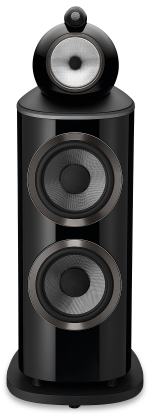























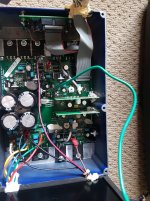










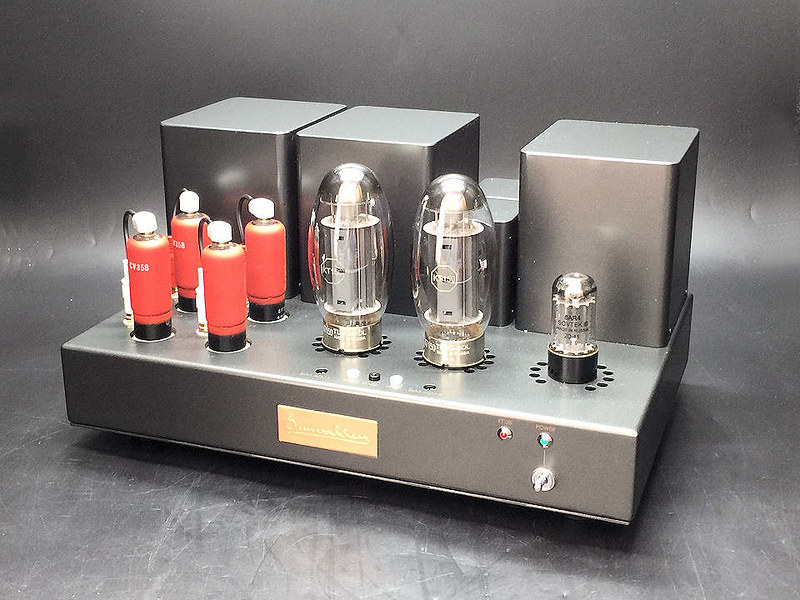
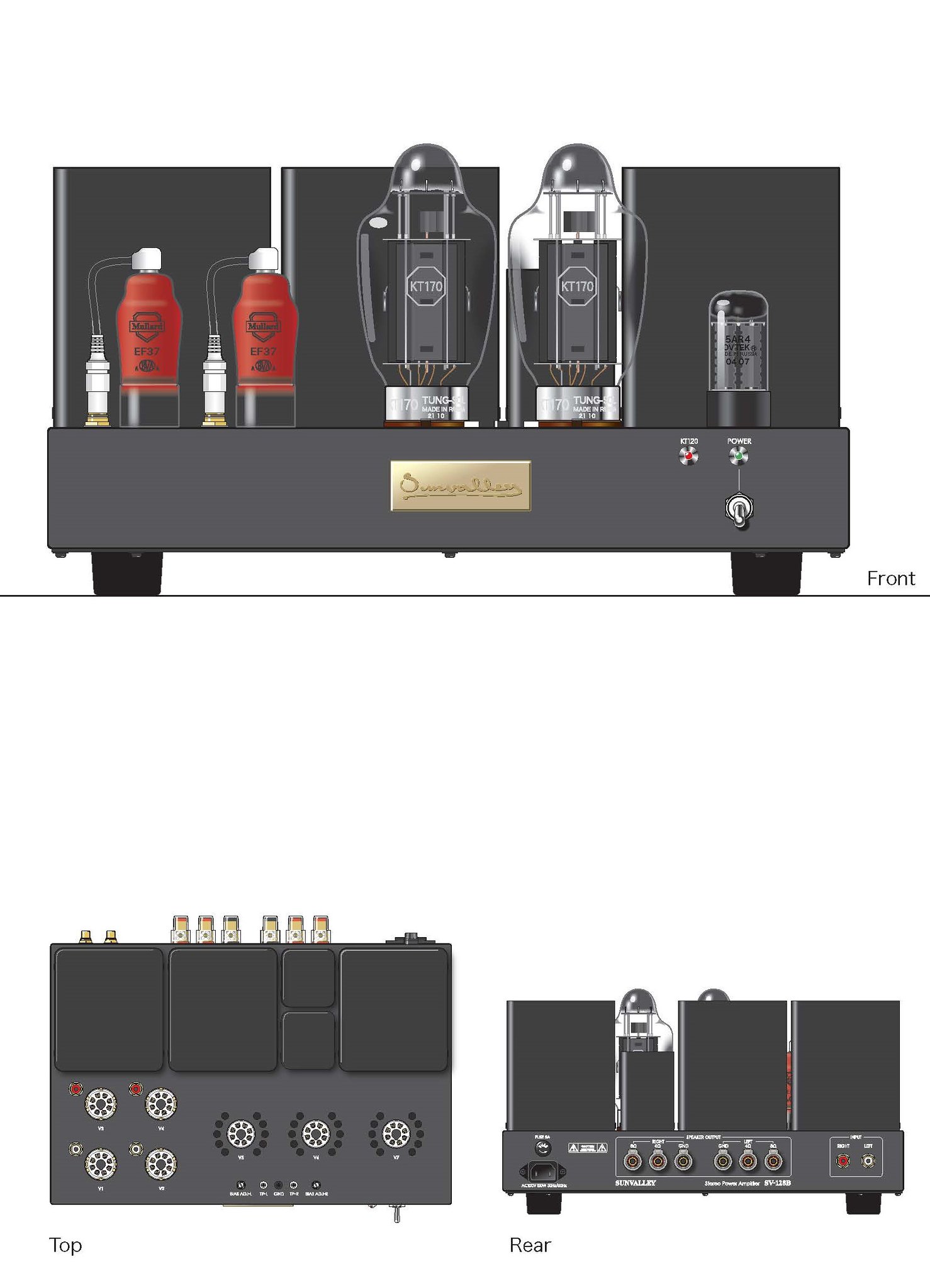






![20241209_113825[1].jpg](/community/data/attachments/1298/1298946-121bde104f98289c92a64421acbc07af.jpg?hash=bsXMCiKY8O)

![20241208_184122[1].jpg](/community/data/attachments/1298/1298948-588b321abc6f9d537fb5e89e74c41685.jpg?hash=4sgNwmacOw)


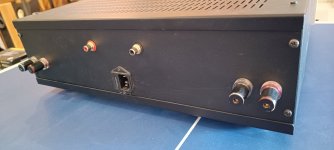


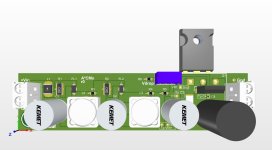








 This project is a Group Buy. The public group here must agree - in this thread - on what parts will be sold, by whom, and where. Members must abide by those agreements. Any regular sales of the Group Buy PCB, kits or other specific related items outside of diyAudio or this thread will result in the removal of that person from diyAudio.com This is completely at the discretion of the Moderation Team.
This project is a Group Buy. The public group here must agree - in this thread - on what parts will be sold, by whom, and where. Members must abide by those agreements. Any regular sales of the Group Buy PCB, kits or other specific related items outside of diyAudio or this thread will result in the removal of that person from diyAudio.com This is completely at the discretion of the Moderation Team.




















